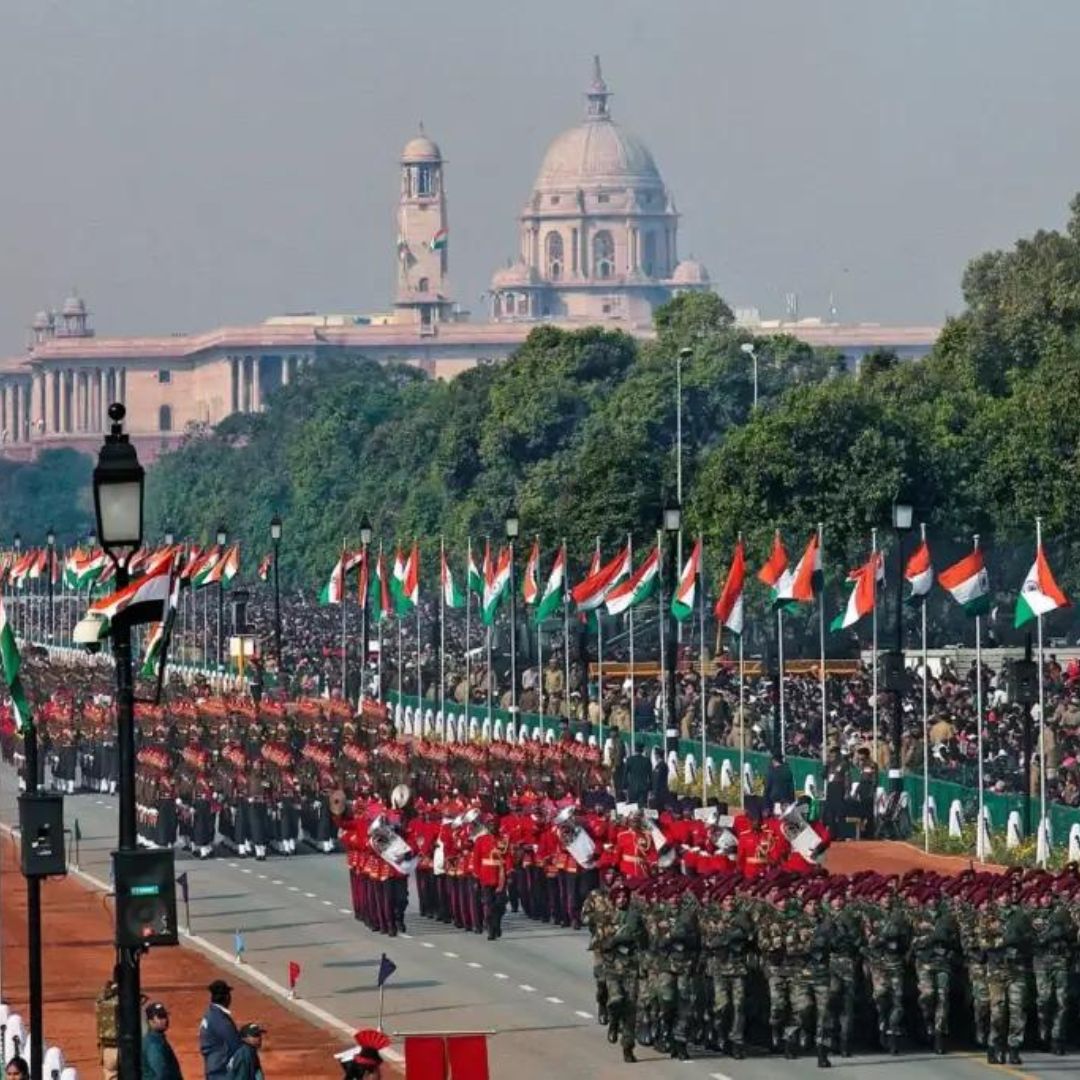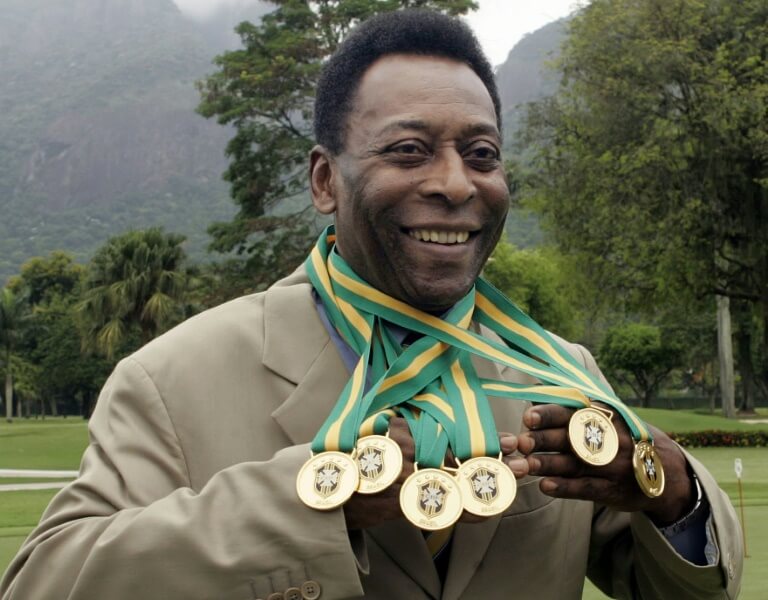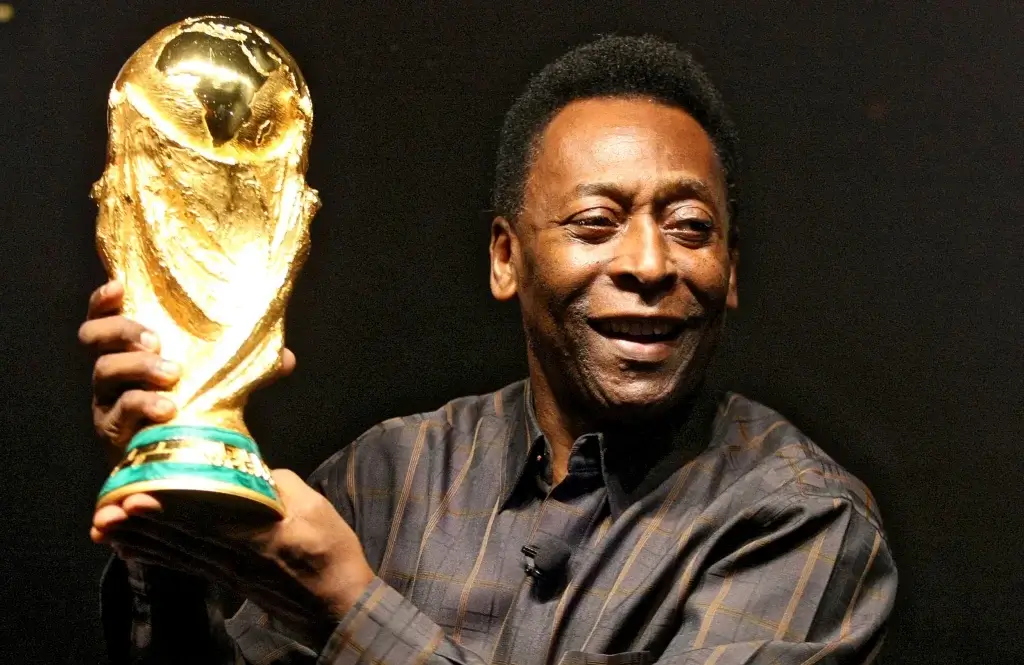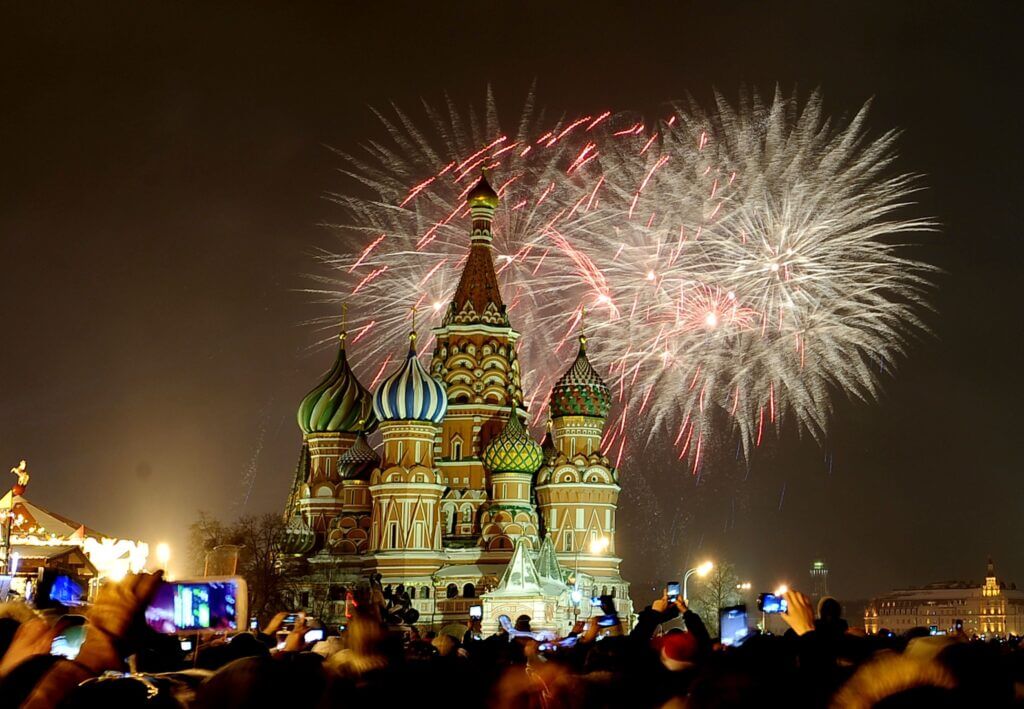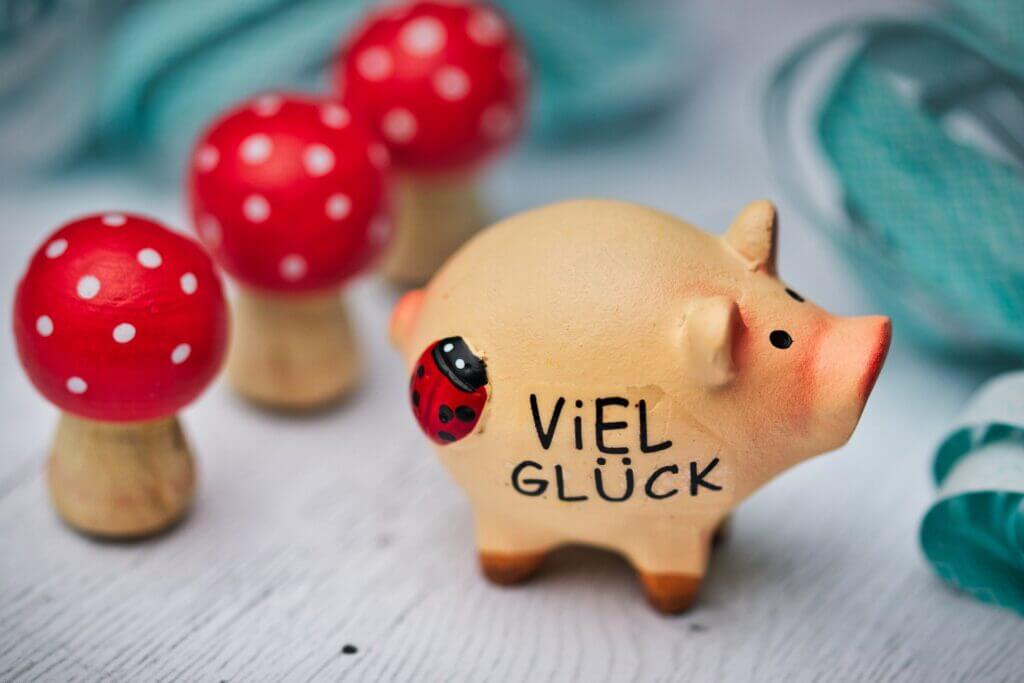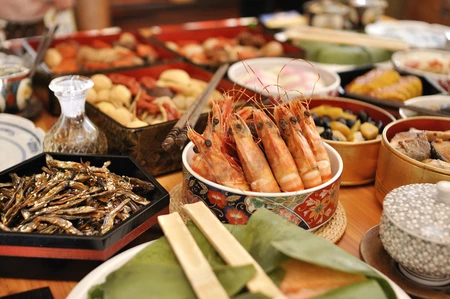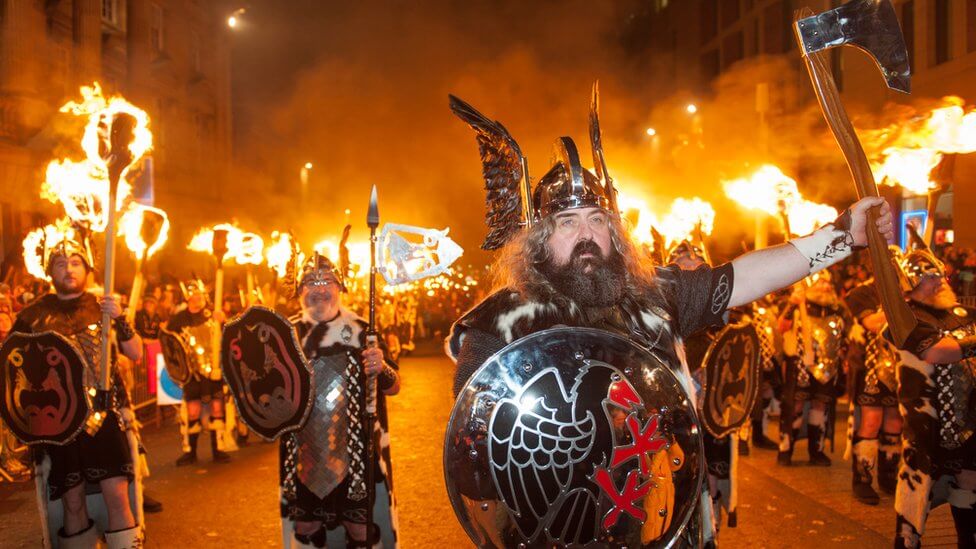Why Is International Women’s Day Celebrated?
International Women’s Day celebrates the achievements of women in politics, science, sports, and economics etc. The origins of International Women’s Day can be traced back to 1908, when 15,000 women marched through New York City demanding shorter working hours, better pay and the right to vote. The first National Woman’s Day was observed in the US on February 28.
Women play a significant role in society. Their work made sure that countries would continue to flourish and develop over time. Whether they are homemakers, engineers, teachers, they all contribute to making the world a better place to live.
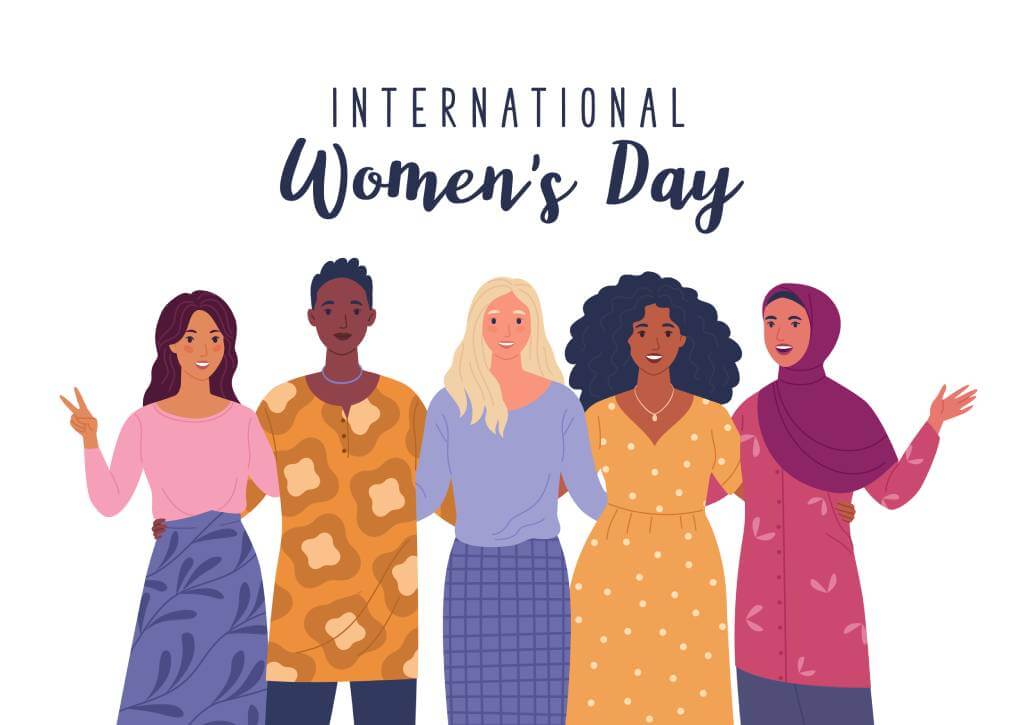
Who started Women’s Day?
Clara Zetkin, communist activist and advocate for women’s rights, was the first to suggest the idea that this day should be made international. She suggested this in 1910 at an International Conference of Working Women in Copenhagen. There were 100 women there, from 17 countries, and they agreed to her suggestion unanimously. Pursuant to the decision taken at Copenhagen in 1911, International Women’s Day was first celebrated in Austria, Denmark, Germany and Switzerland on March 19.
The UN commemorated the first International Women’s Day on March 8, 1975. In 1977, the UN General Assembly declared March 8 as International Women’s Day in support of women’s rights and global peace.
Also Read, G20 Summit: India’s Role in the 2022 Summit
Do you know why International Women’s Day is celebrated on March 8th?
On February 23, 1917, women in St. Petersburg, Russia, staged a strike to protest against food shortages, poor living conditions, and World War I. This strike for “Bread and Peace” helped give rise to the Russian Revolution of 1917, which led to the abdication of Nicholas II.
In 1921 the date of the IWD was officially changed to March 8. The date when the women’s strike commenced on the Julian calendar, which was then in use in Russia, was February 23. This day in the Gregorian calendar was March 8- and that’s when it’s celebrated today.

Interesting Facts You Should Know: International Women’s Day
1. International Men’s Day is celebrated on November 19. It has only been marked since the 1990s and isn’t recognised by the UN. People celebrate it in more than 80 countries worldwide, including the UK.
2. The first theme adopted by the UN (in 1996) was “Celebrating the Past, Planning for the Future”.
3. The UN’s theme for 2023 is “DigitALL: Innovation and technology for gender equality”. This theme aims to recognise and celebrate the contribution women and girls are making to technology and online education.
4. In some countries, like Macedonia, Uzbekistan, Serbia, and Albania, Women’s Day is a combined holiday celebrated along with Mother’s Day.
5. Purple, green, and white signify International Women’s Day as they reflect justice, dignity, hope, and purity.
6. Back in 2011, former President Barack Obama declared the month of March as Women’s History Month in the United States.
7. Women’s Day is also known as the United Nations Day for Women’s Rights and International Peace.
Read More about, 5 Best Newspaper for children in India
Significant Indian Women Who Made History :
1. Anandi Gopal Joshi is considered the first Indian female to study western medicine in the United States and was one of the earliest female physicians in the country.
2. Savitribai Phule is counted among the first feminists in India and also the first-female teacher in India. Savitribai with her husband, Jyotirao Phule, started India’s first school for girls.
3. Sucheta Kripalani was an Indian freedom fighter and politician. She was also the first woman Chief Minister of India and served as the head of the Uttar Pradesh government from 1963 to 1967.
4. Sarojini Naidu was the first woman to hold the office of Governor in the Dominion of India. Her work as a poet earned her the sobriquet “the Nightingale of India”, or “Bharat Kokila” by Mahatma Gandhi.
5. Anna Chandi, was the first female judge in 1937 and then, in 1959, the first High Court judge in India.
6. Indira Gandhi was the first woman to win the Bharat Ratna in the year 1971.
7. Tessy Thomas is the first woman who made India proud to head an Indian missile project.
8. Sarla Thakral was the first Indian woman to get her pilot licence and clock more than 1000 hours of flying.
Watch Full Video On, #FIFA : FIFA WORLD CUP 2022


